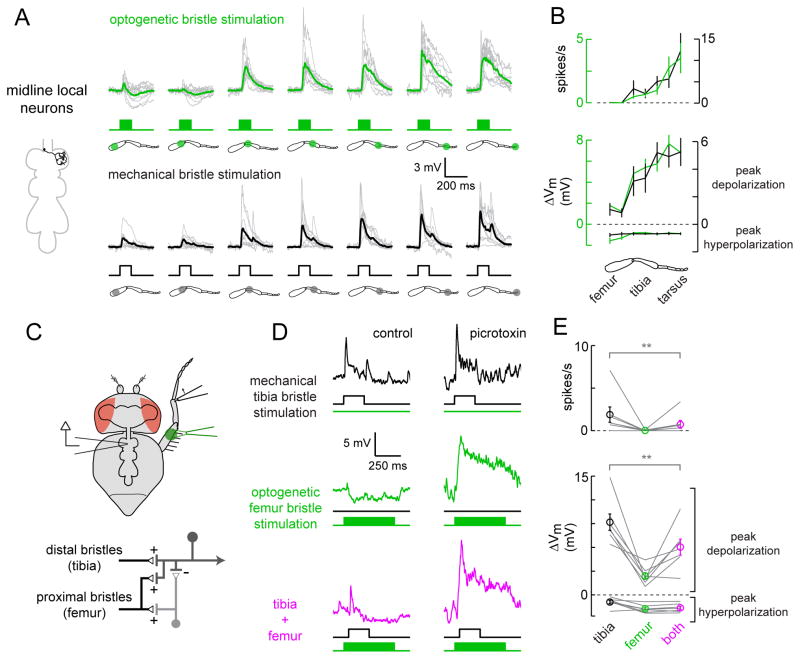Figure 5. Midline local neurons compare proximal and distal touch within a leg.
(A) Responses of midline local neurons, as in Figure 4 (n = 10 for optogenetic stimuli, n = 9 for mechanical stimuli).
(B) Average spike rates and peak voltage changes for the cells shown in (A), mean ± SEM across cells.
(C) Top: to elicit combined distal and proximal touch inputs, bristle neurons on the distal tibia are stimulated mechanically, and bristle neurons on the femur are stimulated optogenetically. Bottom: proposed circuit diagram for sensory inputs converging onto local neurons, with proximal inhibition routed via an interposed inhibitory interneuron.
(D) Inhibitory input driven by proximal femur bristle neurons suppresses excitatory input from distal tibia bristle neurons. Top and middle: responses of a midline local neuron to stimulation of femur or tibia bristle neurons alone. Bottom: the two stimuli are delivered together. Picrotoxin (10 μM) blocks the suppressive effects of femur bristle stimulation, revealing underlying excitation; similar effects were seen in a total of 4 experiments.
(E) Average spike rates and peak voltage changes, ± SEM across cells, for all experiments like those shown in the left column of (D). Inhibition from femur bristles significantly suppressed excitatory signals from tibia bristles (n = 7 cells, **, P = 0.02 for depolarization and P=0.03 for spikes, Wilcoxon signed rank test).

